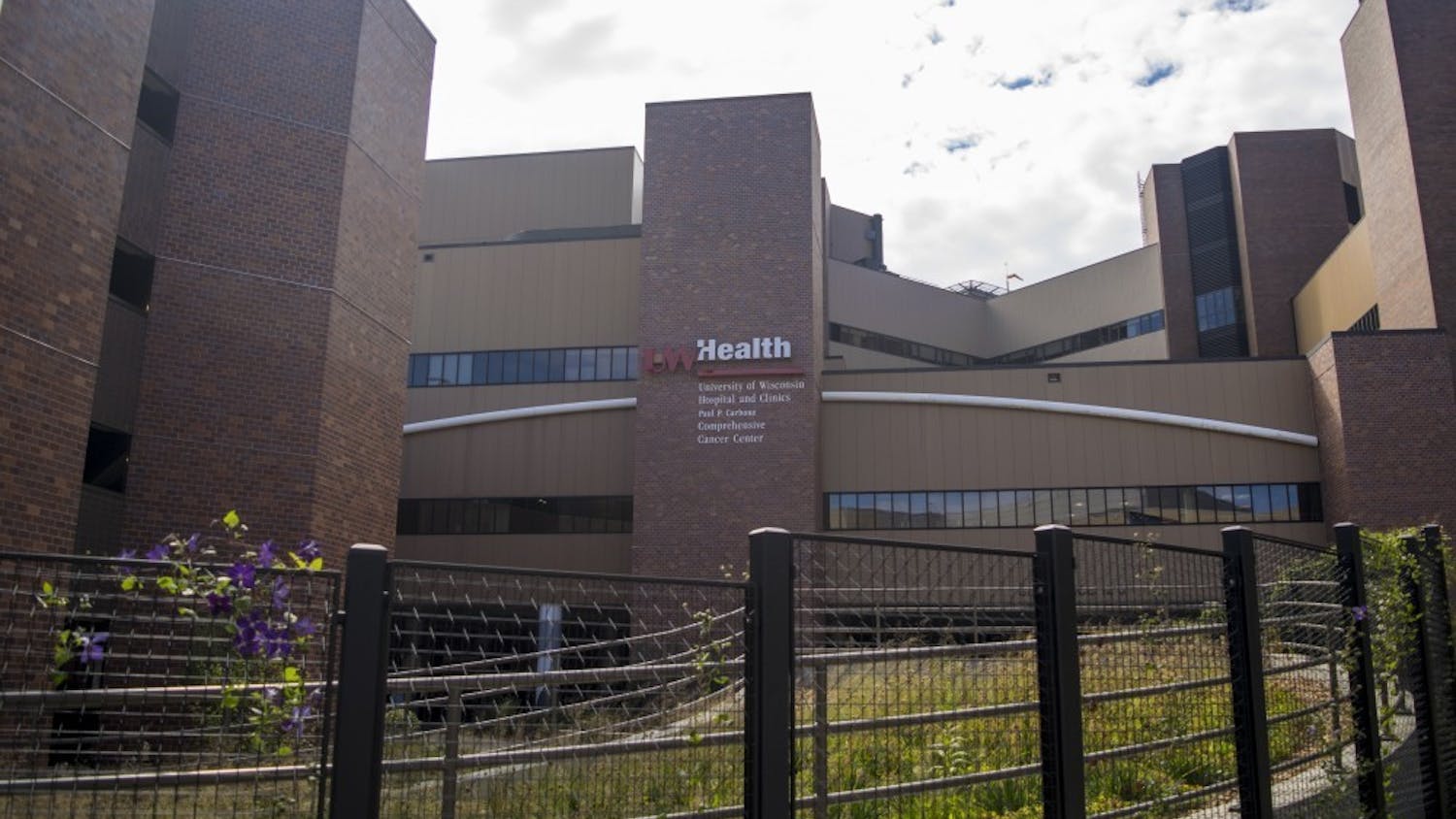Rachel Gundacker never thought it would take 3.2 Earths to sustain her personal consumption patterns and waste.
This is scary. I did not think my ecological footprint was so large,"" said Gundacker, a UW-Madison senior. ""I think we all forget that we have a finite amount of resources and space, and we don't want to run out of them.""
Living a sustainable life - or living within the means of nature without compromising the ability of future generations to fulfill their needs - has been a growing topic of interest, especially in the consumption-based culture of the United States.
On the UW-Madison campus, scientists and architects apply this abstract concept to architecture and housing development, which many believe are now the biggest contributors of greenhouse gases.
""Seventy-six percent of greenhouse gases are emitted by the construction and operation of facilities,"" said Angela Pakes-Ahlman, a project manager in the Capital Planning and Development department of UW Facilities Planning and Management. ""The very places we go and live are producing the most. My job is to minimize this impact, not just in the bubble over Madison but, I hope, on the global level.""
Pakes-Ahlman currently manages multiple projects to be incorporated into Leadership in Energy and Environmental Design standards on the UW campus, including the $34 million renovation and addition of the School of Education, the $48 million renovation of the School of Human Ecology, the $87.1 million South Campus Union project and the $150,000 Wisconsin Bioenergy Institution project.
LEED certification is the recognized standard for measuring the sustainability of a building. According to the National Resource Defense Council, these regulations look for design and construction practices that reduce the negative environmental impacts of buildings and improve the health and well-being of its occupants.
Many people don't realize the cost efficiency of these buildings,.
""There is a misperception that it will cost more to build these sustainable structures,"" said John Nelson, a UW adjunct professor in the Civil and Environmental Engineering department. ""You need to think holistically from the beginning. Things that cost more will equal out the things that you now don't need to do.""
Take energy, for example.
""UW-Madison will save $1.8 million of energy annually just by one adjustment made on a heating and cooling plant in Madison,"" Pakes-Ahlman said. ""And that is just one example.""
Although these cutting-edge developments are now sweeping the country, this green movement has had to overcome many challenges to reach its current popularity, including a completely different outlook on architecture.
""Architecture is art. It is symbolic. It is focused a lot on physical appearance and this is very important to our culture. But it is actually visually obscuring what we need to do,"" Nelson said. ""We emphasize consumption in the United States. Sustainable architecture is counterintuitive. It is a different balance, a different level of consumption.""
Sustainable development gained popularity in 1987 after the report ""Our Common Future,"" by the United Nations World Commission on Environment and Development, brought attention to the Earth's threatened future.
""We all depend on one biosphere for sustaining our lives,"" the report said. ""Yet each community, each country, strives for survival and prosperity with little regard for its impacts on others.""
Although this new method of thinking has slowly been integrated in the United States, not all building types utilize sustainable techniques.
Even though single-family houses functioning entirely with renewable energy have been constructed, the U.S. lags behind in the building of sustainable high-rise residences, according to Nelson.
""We are headed to mega-metropolises demographically,"" said Nelson. ""There isn't enough room for such a large footprint in that dense of a space, so we need to focus on big buildings like high-rise residences.""
Successful multi-housing developments have been completed, however, in other parts of the world.
Beddington Zero Energy Development (BedZED) is an environmentally friendly urban housing development near Wallington, England. This award-winning community was designed by architect Bill Dunster to be water- and energy-efficient by using low-impact material, waste recycling and promoting eco-friendly transportation.
The design reduces carbon emissions 56 percent in each home through its energy efficient design and appliances, and solar panels that provide approximately 11 percent of the site's energy, according to the Peabody BedZED Web site.
Pakes-Ahlman hopes when the UW building projects are done, they can become a teaching tool for people to learn about sustainable architecture and its importance in controlling global climate change.
""A lot of people support changes to save the environment, but not everyone wants to change themselves,"" said Pakes-Ahlman. ""We will have a teaching tool on our very own campus for people to come to learn. This will be a great learning environment for faculty, staff and students. I hope there are more concessions in the next 10 years.""
Nelson agreed.
""We need to strike a balance and live with nature,"" he said. ""Life depends on it.""





